Shanghai Pudong International Airport (Chinese:上海浦东国际机场) is located in Pudong New Area, Shanghai, China, about 30 kilometers away from the city center of Shanghai. It is a 4F-class civil airport.
It is one of China’s three major gateway complexes, a member of the Yangtze River Delta International Air Cargo Hub Group, and a member of the East China Airport Group , The largest hub airport and gateway airport in East China.
Pudong Airport occupies a 40-square-kilometre (9,884-acre) site adjacent to the coastline in eastern Pudong.
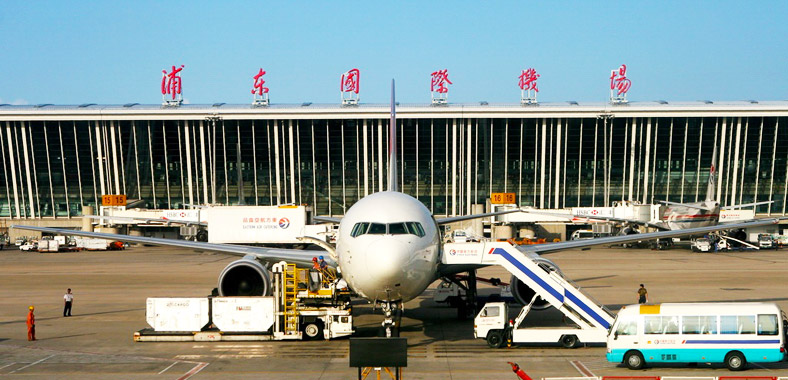
Shanghai Pudong International Airport was completed in 1999, the first phase of the project was completed and opened for navigation on September 16, 1999, the second runway was officially opened on March 17, 2005, and the second terminal building and the third runway were officially opened on March 26, 2008. Launched, the fourth runway was officially launched on March 28, 2015.
Pudong Airport has two terminals and three cargo areas, with a total area of 824,000 square meters and 218 seats, including 135 passenger seats. There are four runways, 3,800 meters, 2, 3,400 meters, and 4,000 meters, respectively.
As of the end of 2016, Pudong Airport had attracted 37 airlines to operate the all-cargo aircraft business. The all-cargo aircraft was in operation in 31 countries and 112 destinations. Nearly 1,000 aircraft movements per week took place.
By the end of 2017, 110 airlines had opened scheduled flights to Shanghai’s two major airports, and Pudong Airport connected 297 destinations in 47 countries and regions around the world.
In 2019, Pudong Airport has an annual passenger throughput of 761.534 million passengers, an annual cargo and mail throughput of 3.365 million tons, and 511,846 flights per year.
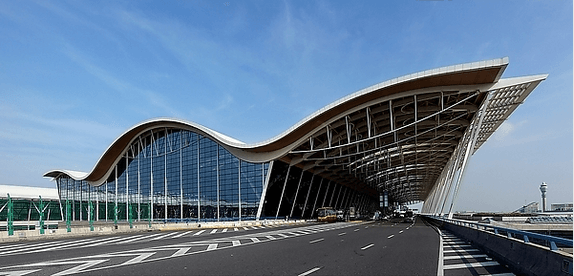
history
- In 1986, Shanghai began planning Shanghai Pudong International Airport.
- In the 1990s, the central government and Shanghai made a strategic decision to build Shanghai Pudong International Airport.
- In May 1995, the construction headquarters of Pudong Airport was established.
- On October 15, 1997, Pudong Airport held a grand opening ceremony and construction began.
- On September 16, 1999, the first phase of Pudong Airport was completed and opened for navigation. After the completion of the first phase of the project, the annual passenger throughput of 20 million passengers was met, which laid the foundation for the construction of an Asia-Pacific aviation hub port.
- On March 17, 2005, the second runway of Pudong Airport was officially opened.
- On March 26, 2008, the second terminal and the third runway of the Pudong Airport expansion project were officially opened to traffic. So far, Pudong Airport has entered a new era of simultaneous operation of 2 terminals and 3 runways, forming a guarantee capacity of 60 million passengers per year.
- On March 28, 2015, the fourth runway of Pudong Airport was officially opened.
- On December 30, 2015, the satellite hall project of the main project of the third phase of the expansion project of Pudong Airport was started.
- On September 16, 2019, the main project of the third phase expansion of Pudong Airport was launched, and the world’s largest single satellite hall was officially put into operation.
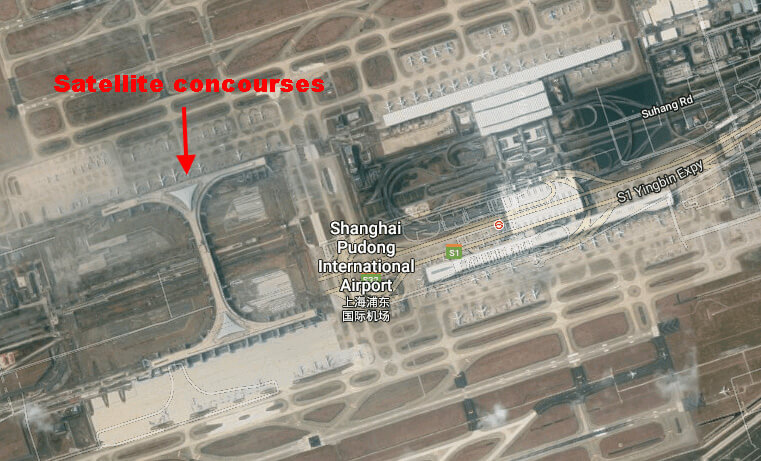
Facilities
The airport has 162 boarding bridges(T1-31 T2-41 Satellite terminal-90) along with 189 remote gates.
5 runways are parallel to the terminals (four operational):
one 4,000-metre (13,000 ft) runway with 4E rating (capable of accommodating aircraft up to Boeing 747-400)
two 3,800-metre (12,500 ft) runways with 4F rating (capable of accommodating aircraft up to Airbus A380, Boeing 747-8, and Antonov An-225)
two 3,400-metre (11,200 ft) runways with 4F rating
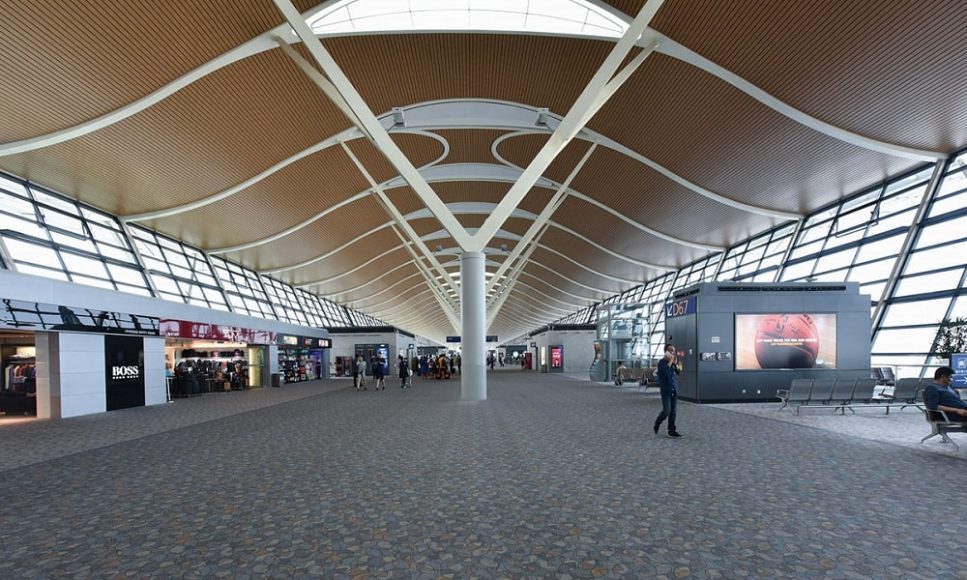
Terminal 1
Terminal 1 was opened on October 1, 1999 along with a 4000-metre runway and a cargo hub.
It was built to handle the demand for traffic and to relieve Shanghai Hongqiao International Airport’s traffic. The exterior of Terminal 1 is shaped like a seagull, and has 28 gates, 13 of which are double-decker gates.
The capacity of Terminal 1 is 20 million passengers. It currently has 204 check-in counters, thirteen luggage conveying belts and covers an area of 280,000 square metres.
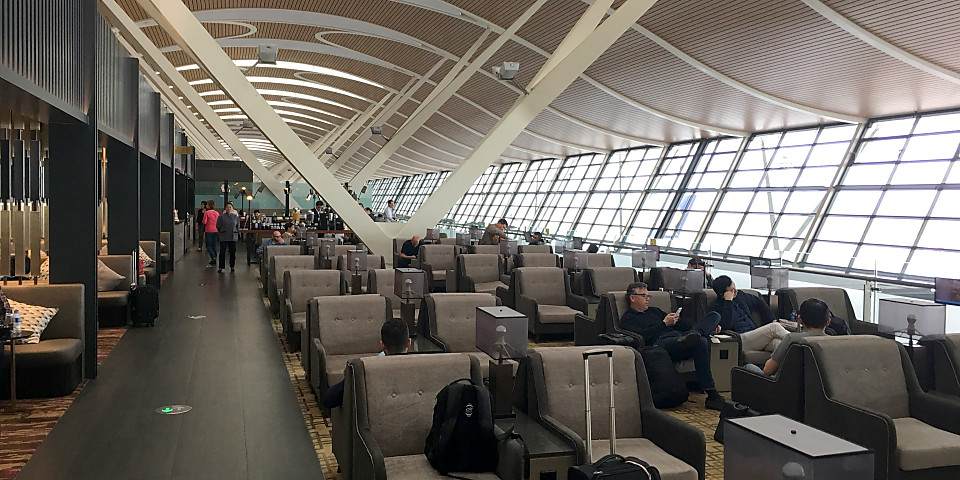
Terminal 2
Terminal 2, opened to public and officially opened on March 26, 2008, along with the third runway, is capable of handling 60 million passengers and 4.2 million tons of cargo annually.
Terminal 2 is shaped like Terminal 1, although it more closely resembles a wave, and is slightly larger than Terminal 1. Terminal 2 also has more floor areas than Terminal 1. Terminal 2 is primarily used by Air China and other Star Alliance members.
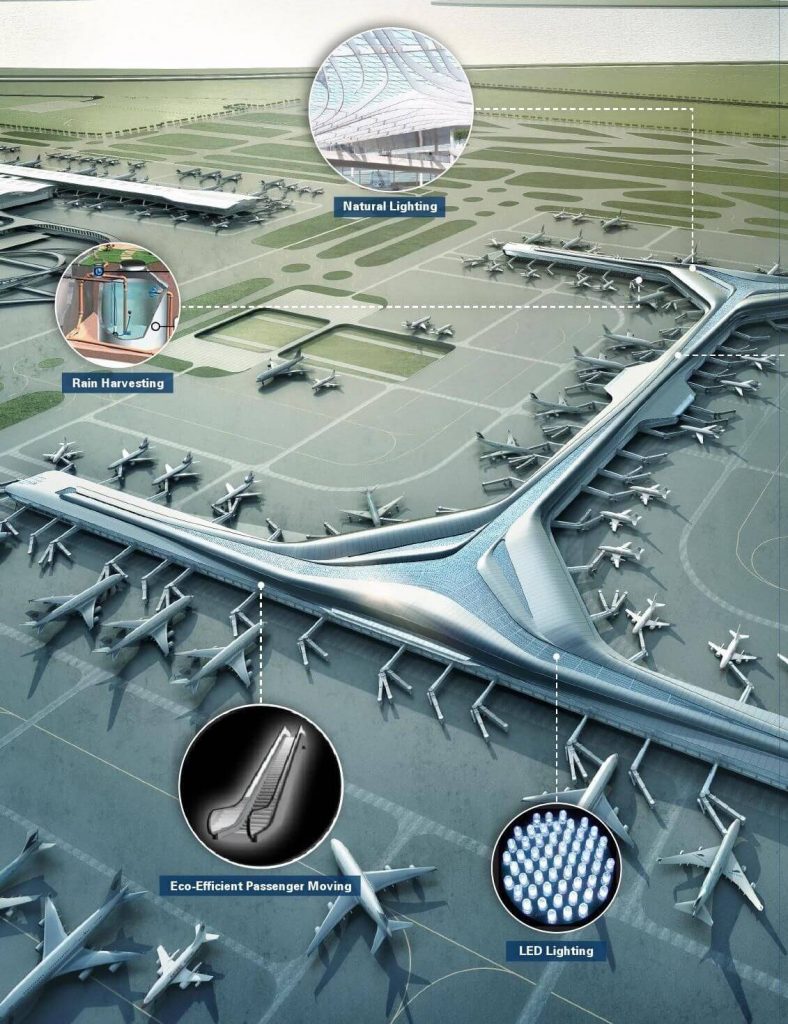
Satellite concourses
Construction on an additional satellite concourse facility that could accommodate further gates and terminal space started on December 29, 2015 and was inaugurated in September 2019.
It is the largest stand-alone satellite airport terminal buildings in the world. This project will support 38 million passengers annually through 90 departure gates across two S1 and S2 concourses.
Both S1 and S2 are connected together and these will be connected by an underground automated people mover to the current T1 and T2 terminals.
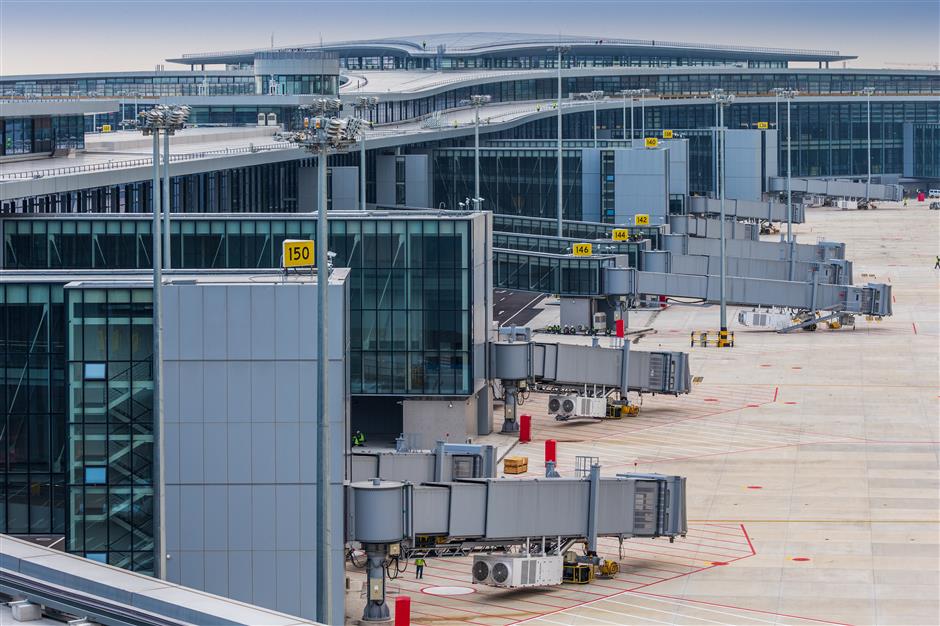
Shanghai Pudong International Airport Data
- Country
- China
- Region
- East Asia
- Status
- In use
- Official name
- 上海浦东国际机场
- Location
- Pudong, Shanghai, China
- Official website
- shairport.com
- Operator(s)
- Shanghai Airport Authority
- Began
- Oct-15, 1997
- Opened
- Sep-16, 1999
- Airfield area class
- 4F
- Airport type
- Public
- Airport code
- IATA:PVG,ICAO:ZSPD
- Airport area
- 9884 acres / 40 km²
- Main terminal area
- 153 acres / 620000 m²
- Number of parking bays
- 218 (2017)
- Runway length
- 2*3800 m,2*3400 m,1*4000 m
- Number of routes
- 106 domestic, 114 international
- Navigable city
- 297 (2017)
- Passenger traffic
- 76.15 million(2019)
- Freight volume
- 3,634,230 tons (2019)
- Takeoffs and landings
- 511,846 sorties (2019)
View Shanghai Pudong International Airport on Google Satellite Map
Google satellite maps allow you to see building details more clearly, including natural landscapes such as mountains, rivers, deserts, sea and man-made engineering buildings.
If you are very interested in this engineering building, it is a good idea to click below Google Map icon. We will help you jump to the corresponding location of this building or engineering on Google satellite map.





























































